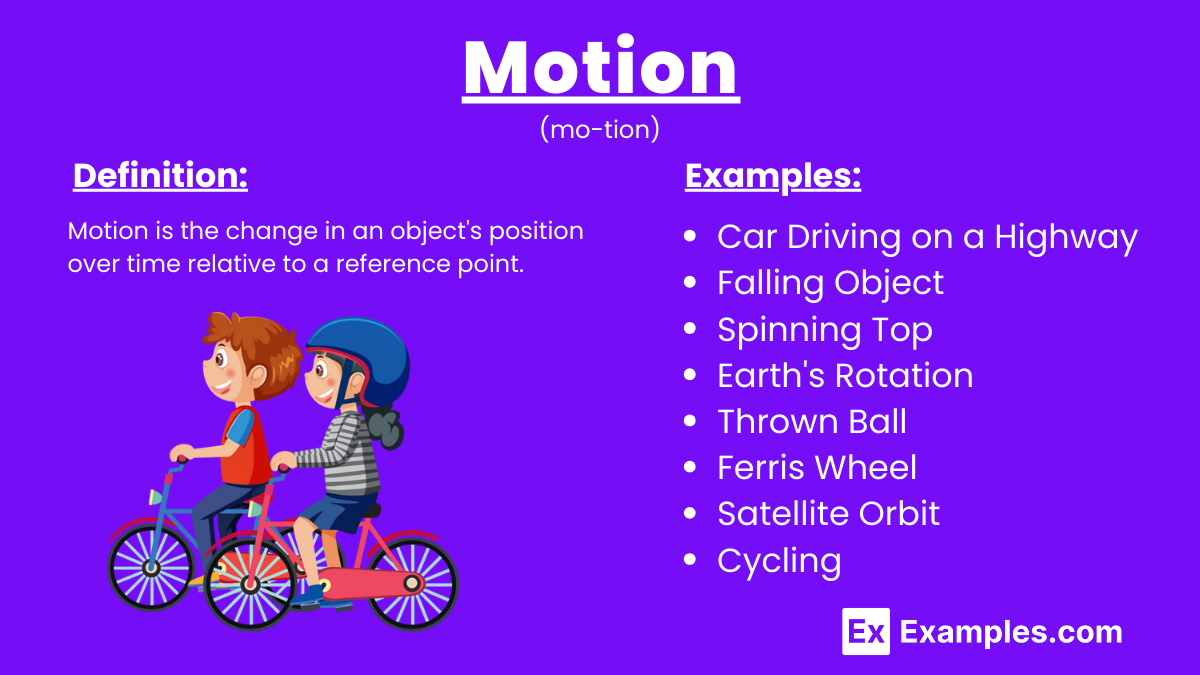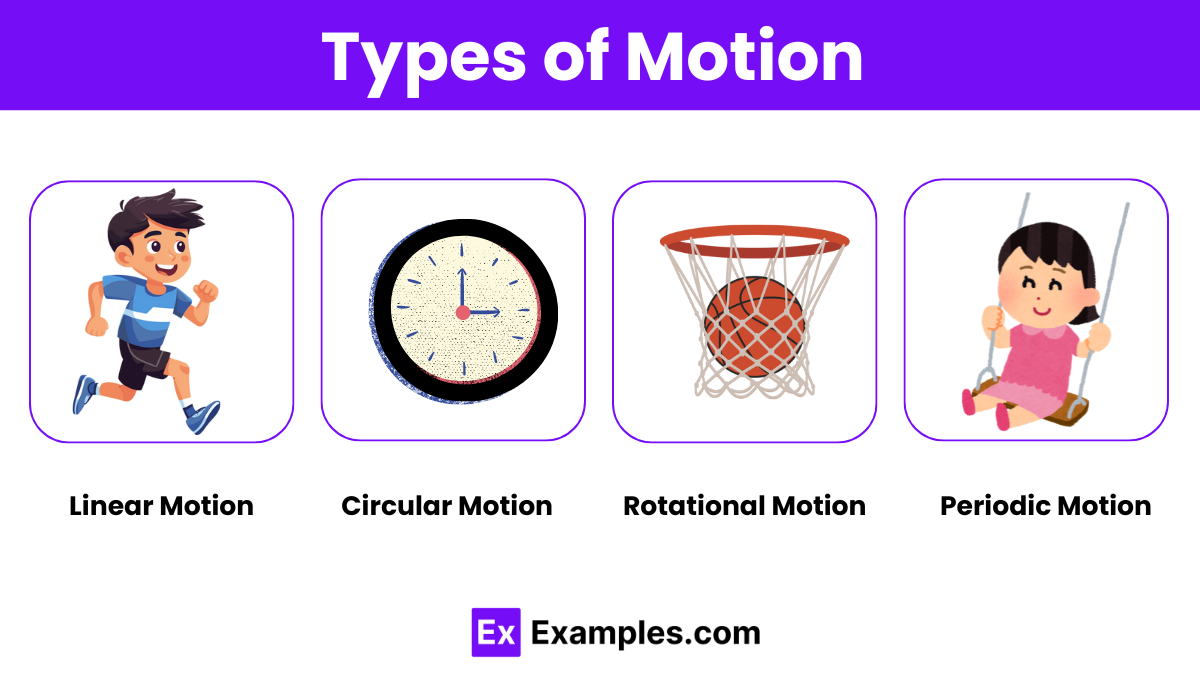What is the definition of displacement in physics?
The total distance traveled by an object
The shortest distance between the initial and final position of an object
The speed of an object in motion
The time taken for an object to move from one place to another




